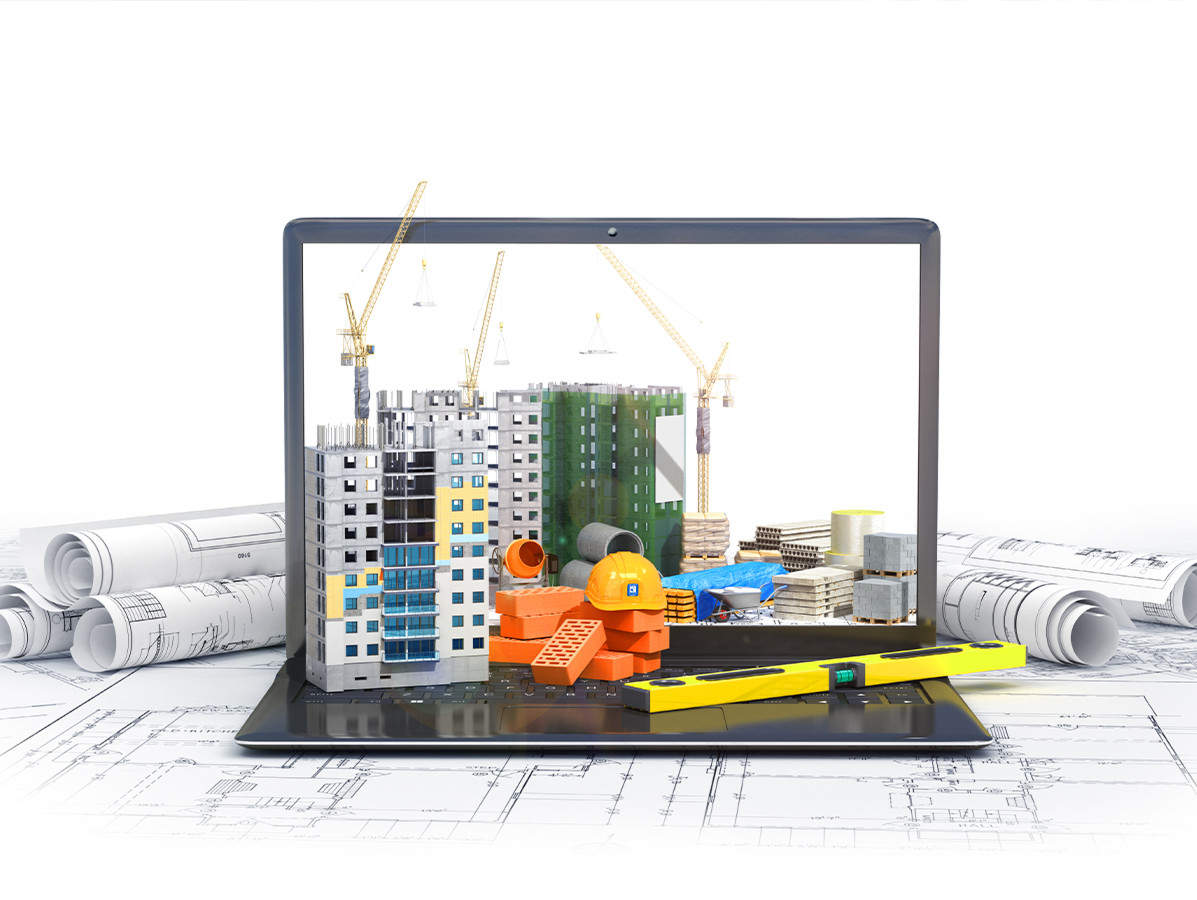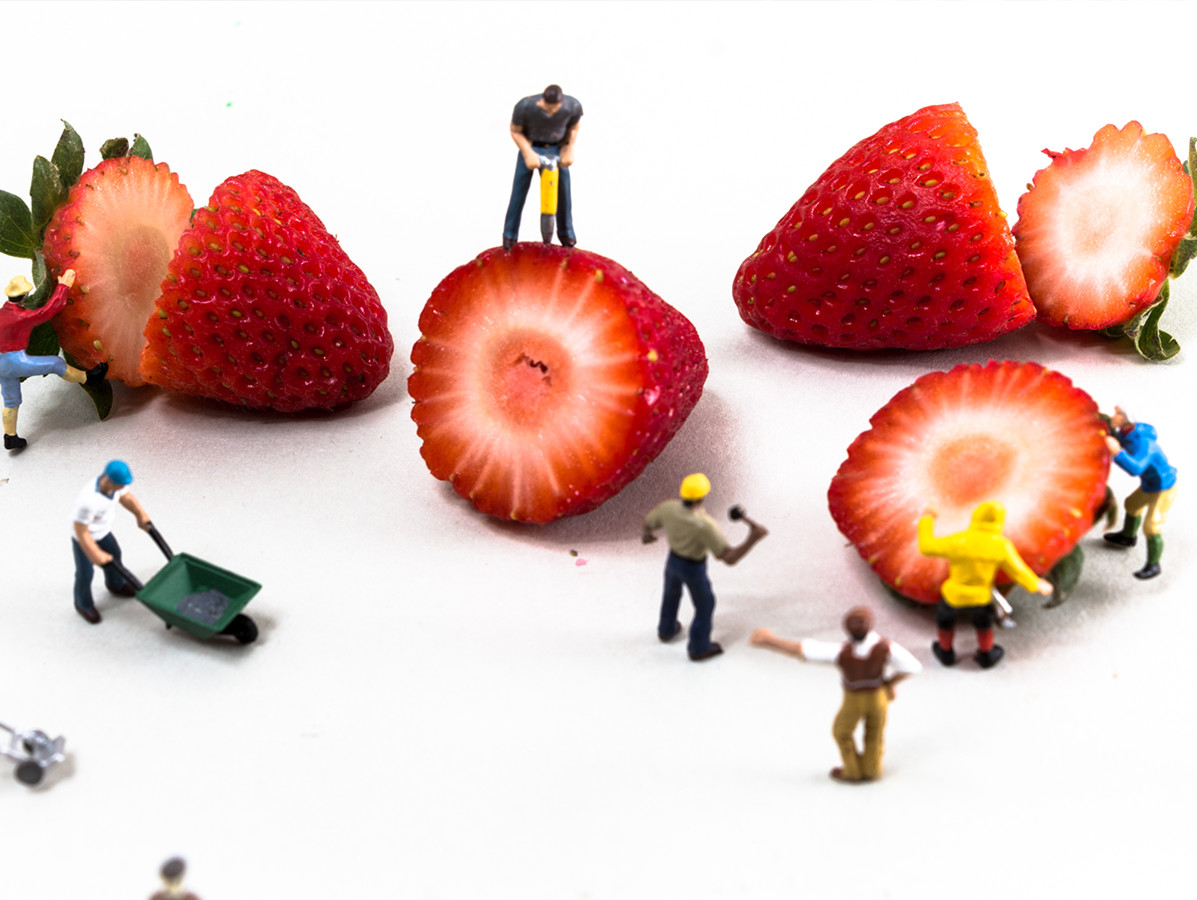
Anyone who wants to build or renovate in the food industry has to deal with many wishes and even more requirements; from clients and governments via legislation and regulations; concerning energy saving, sustainability and food safety. What are the trends, what has changed, what are the bottlenecks and pitfalls and what about the future?
Whether you want to renovate, rebuild or start a new building, 'sustainable' is something nobody can ignore anymore. The three entrepreneurs gathered around the (digital) interview table are in complete agreement about this. We are talking to:
Bas te Riele: Commercial project manager at Construction Company Aan de Stegge Twello.
Hans van den Hoorn: architect at RBK, partner in the field of construction and renovation, environmental issues and automation for the food industry.
Ernest Conradi: manager of Sealwise Nederland, supplier of the newest generation of plastic panels.
"The space around us is becoming scarcer. Land prices are rising. A battle is developing about who is allowed to use the land," outlines Hans the bigger picture. "The nitrogen dossier has shown how this can get out of hand. It is a hot topic in construction and agriculture; it directly affects 'building for food'. Our planet and our climate can also be considered scarce. The carbon footprint of both construction and global food production is considerable."
Legislation is becoming stricter. Building according to BREAAM, which allowed you to distinguish yourself a few years ago, is now achieved almost automatically. The emphasis is on energy saving.
Bas: "You can see that in the completion level, for example: no cold is allowed to leak out of the building and cooling must require as little energy as possible. The required insulation values have become much higher. And residual heat from cooling installations is increasingly reused; in offices for floor heating, in freezer rooms in a double floor to prevent freez-up.
Hans van den Hoorn: "Through legislation and regulations, the government is setting more and more requirements for energy-efficient construction; the introduction of ‘Almost Energy Neutral Buildings (BENG)’ in 2021 plays an important role. The strange thing is that the construction of an office building is fully covered by sustainability requirements, but these apply only to a limited extent to the industrial part. For the processes that take place in the building, they do not even apply at all. Yet more and more companies are zooming in on this, for example with green financing."
"What has also changed is that you used to build just for yourself," Bas adds. "Nowadays, you have a building designed that also has investment value. Sustainable reuse plays a major role."
Scarcity of raw materials, however, makes the choice for sustainability difficult at the moment. The problem is partly caused by increased demand, but also by a shortage of transport means. Even if we manage to get hold of the necessary raw materials, many suppliers are faced with a shortage of sea containers; additional damage caused by the coronapandemic. Meanwhile, prices and delivery times keep rising.
"This is one of the reasons why we need to make more use of truly circular products, made from recycled materials that can be reused," Ernest says. "For Sealwise WCB we use at least 84 percent recycled (U)PVC. This minimises our dependence on renewable raw materials. Of course, the materials to be recycled must be collected and processed for the manufacture of new panels. This does not make the process cheap. Unfortunately, the initial costs are too often taken into account, rather than sustainable long-term solutions.
"In construction for food, there is a certain field of tension between requirements for the use of materials and food safety, and the wishes for circularity and renewability," confirms Hans. "Sustainability in food also means that the material must be resistant to all forms of damage. It has to be foolproof. Circular construction for food must therefore focus on the reuse of materials commonly used here."

Hans van den Hoorn: "The increasingly stringent requirements and wishes with regard to sustainability and energy revolve around a combination of building and installation technology. This requires an integral view of the building and construction plan, preferably at the earliest possible stage. This integral approach is in RBK's DNA. Our customers can rely on us to 'know the ropes' when they come to us with their future plans. The nitrogen problem remains, of course, an important factor in the building and renovation of the Netherlands. Our environmental colleagues have already been able to help many of their clients with this in recent years."
"A sanitary ceiling that you can walk on should be a requirement for both safety and hygiene in my opinion," says Bas. "That's where the installations can be, so that mechanics can easily get to the control cabinets. After all, they never have spotless tools, so they always pose a risk to food safety on the production floor."
"Every type of door, floor and wall has pros and cons that you have to weigh up carefully," he continues. "What chemicals and heat must a food-safe floor be able to withstand? What is necessary for you? To what extent can you repair damage? How steep will you make the gradient? For food safety, you want a large gradient, because then waste and cleaning water run off well. From a health and safety point of view, this is not desirable, because your employees will then be working at an angle all day. You have to ask questions about everything, and always make choices.
"And food safety stands or falls with attention to the indoor climate," says Hans. "Previously, it was mainly about keeping rooms at the right temperature; now, in addition to comfort on the production floor, keeping the fresh air supply clean is essential. Emphasis is placed on carefully zoning the indoor climate in buildings, including in connection with high-care areas."
"Food scandals have shaken up the food industry, but not nearly enough!" Ernest thinks. "It's about the safety of the products being delivered as well as the safety of the employees. Yes, there is more attention for it, but look for example at the fire resistance of applied materials; they don't always have the necessary certificates. And there are still companies where hygiene and working conditions are poor, with outdated and damaged walls, ceilings and floors; a haven for bacteria and viruses. Materials are used that are known not to be suitable, or to be less suitable, for areas where food is processed. Panels that are difficult to clean, at best with an antibacterial coating on the surface. Look at the number of reports of contamination on the factory floor! I realise that this is an inconvenient truth, but this is what is happening in practice. Do it right the first time. There is still so much to improve."
Ernest Conradi: "Sealwise WCB has an exceptionally high fire resistance (bs1d0 and hea 9 and hea 13), is antiviral and anti-bacterial, 100% waterproof, and completely circular. It may not be the cheapest material, but it is the best. It is inextricably linked to the success of a building, renovation or refurbishment project that panels are fitted seamlessly and correctly, using the right materials. That is why we have entered into a partnership with JacKit from Beekbergen. They have developed a unique assembly system and ensure that companies pass the inspections smoothly, with as little downtime as possible."

What are the obstacles and pitfalls in a construction project?
Bas te Riele: "At a greenfield site (a new business establishment at a site where there was no business before, ed.) you can usually start construction quickly, but as a food producer you don't always have that luxury. In order to be able to start an expansion at an existing location in the first place, it can take months to prepare the site for construction: with demolition, sanitation and the adjustment of pipelines. There are many things to take into account, especially if the new building is attached to an existing one. For example, existing older buildings are always slightly tilted. That is why we digitally measure the tilt horizontally and vertically before we start. We load this data into the construction drawing via the 3D Revit drawing programme. This provides an accurate basis and prevents us from having to solve problems later during the construction. We measure floor heights on site to make sure that connections are at the right height. Another thing to consider is the rainwater drains; when you build a new building on top of an existing one, they have to be adjusted first. Just like the spouts in the facade. Meanwhile, the food company's activities continue as usual during construction. So every day you have to coordinate things and discuss how to deal with the limited space."
Many construction meetings now take place via zoom or teams. Drawing programs are shared via the screen, drawings are adjusted during work meetings and work processes shortened thanks to tighter planning. Margins of error have been drastically reduced because errors are detected early in the 3D models.
Hans: "Partly due to digitisation, we are moving towards composing buildings from components. Building components are increasingly manufactured completely in the factory and assembled at the building site."
Bas te Riele: "Everything starts with cooperation between specialised parties with one focus: adding value to your accommodation problem. Aan de Stegge Twello knows the food business inside out. We realise a building that fits in perfectly with your business processes. Our 'Integral Construction Process Management', as we call it, is a unique 10-step plan with rock-solid guarantees: an efficient and high-quality construction process that meets planning and budget."
And the future; what does it have in store for us? In summary, circular materials that are food-, fire- and/or arsenic-safe, and the creation of (nearly) energy-neutral buildings are the central challenges for the coming years in the construction industry. To meet the great demand that will arise for energy-efficient solutions and reusable materials, the three men expect plenty of innovations: in processes, techniques and materials. "That can happen very quickly," concludes Hans. " Take a look at the smartphone. It's only been around for 12 years, but we can hardly imagine that it was ever any different!"
Photo laptop: ©urfin/Shutterstock.com, photo strawberries: ©Sean Voelger/shutterstock.com, beeld schedule: ©elenabsl /Shutterstock.com
Source: Vakblad Voedingsindustrie 2021